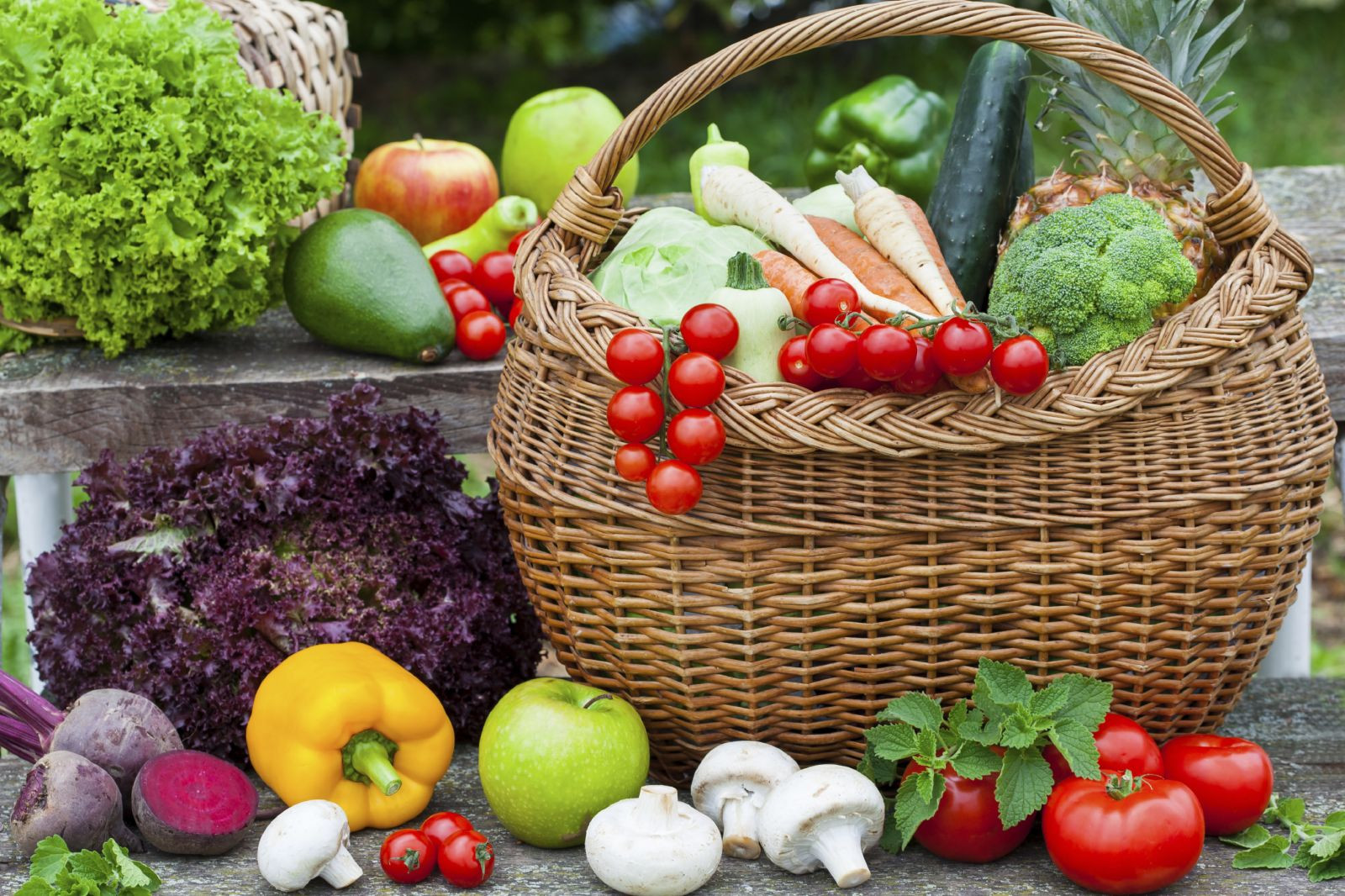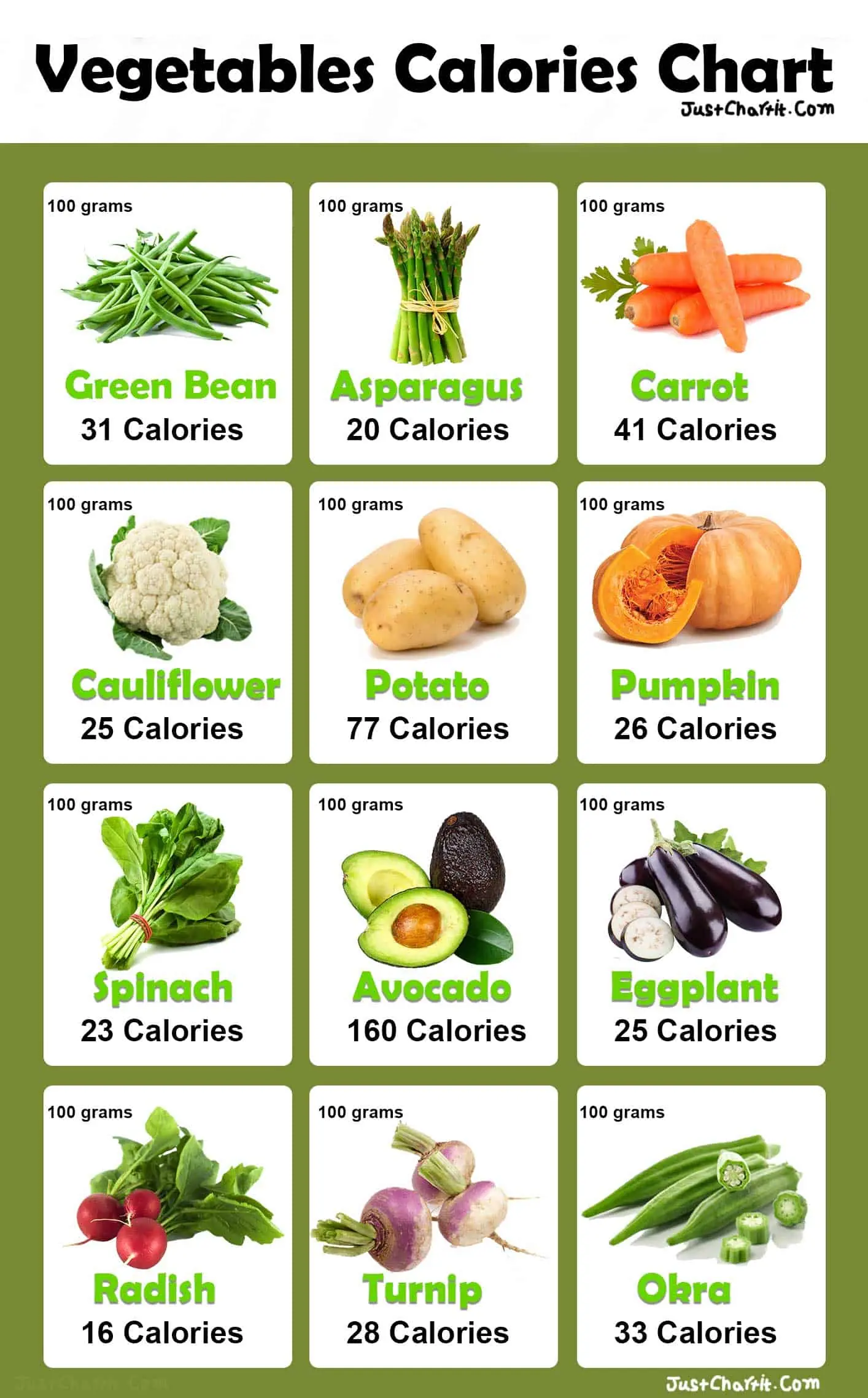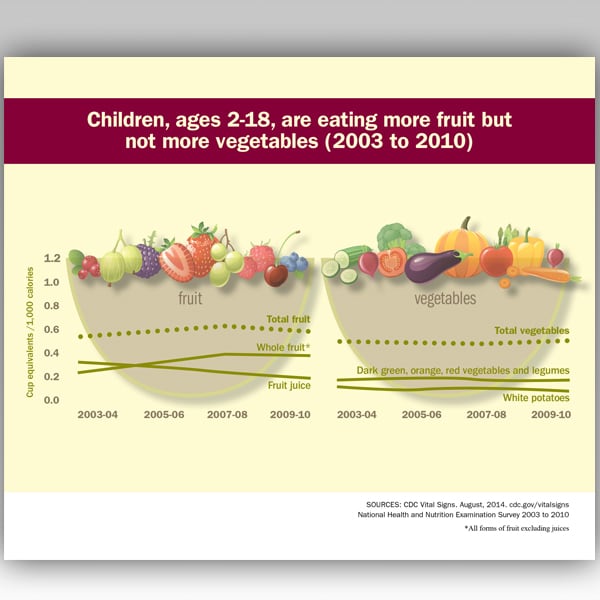Discover the Diverse Variety of Fruits and Vegetables
Incorporating a wide range of fruits and vegetables into one’s diet is essential for maintaining optimal health and well-being. These natural food sources offer a plethora of health benefits, including the provision of essential vitamins, minerals, and antioxidants. By consuming an array of fruits and vegetables, individuals can foster a strong immune system, support digestive health, and promote cardiovascular function. Furthermore, a diet rich in these nutrient-dense foods can contribute to weight management and overall longevity.
Understanding Fruits: Classification and Selection Criteria
Fruits are nature’s sweet and delicious gifts, offering a myriad of health benefits. To maximize the advantages of consuming fruits, it is crucial to understand the different types and selection criteria. Fruits can be broadly classified into categories such as citrus, berries, tropical fruits, stone fruits, and pome fruits. Each category boasts unique flavors, textures, and nutritional profiles.
When selecting fruits, consider appearance, seasonality, and region. Fresh fruits should exhibit vibrant colors, tight skins, and no signs of bruising or mold. Seasonal fruits often offer the best flavor and nutritional value, as they are allowed to ripen naturally. Support local agriculture by choosing regionally grown fruits whenever possible. This practice not only helps the environment but also ensures the consumption of fresh, high-quality produce.
https://www.youtube.com/watch?v=-L-EIrI425c
Exploring Vegetables: Categories and Purchasing Tips
Vegetables are an essential component of a balanced diet, providing vital nutrients, fiber, and antioxidants. To optimize the benefits of vegetable consumption, it is crucial to understand the different categories and purchasing tips. Vegetables can be classified into various groups, including root, cruciferous, leafy greens, squash, and alliums. Each category offers unique flavors, textures, and nutritional profiles.
When purchasing vegetables, prioritize freshness, variety, and sustainability. Fresh vegetables should exhibit crisp stems, vibrant colors, and no signs of wilting or discoloration. Seek out a diverse assortment of vegetables to ensure a balanced intake of essential nutrients. Support local agriculture by choosing regionally grown vegetables whenever possible. This practice not only helps the environment but also ensures the consumption of fresh, high-quality produce.
How to Incorporate Fruits and Vegetables into Your Daily Meals
Integrating fruits and vegetables into daily meals can be both enjoyable and effortless. By incorporating these nutrient-dense foods into various dishes, individuals can reap the numerous health benefits while adding visual appeal to their plates. Here are some practical suggestions for including fruits and vegetables in daily meals:
- Smoothies: Blend a combination of fruits, vegetables, and liquid ingredients, such as almond milk or coconut water, to create a nutrient-packed beverage. Adding greens like spinach or kale can provide a boost of essential vitamins and minerals without altering the taste significantly.
- Salads: Create vibrant salads by combining an assortment of colorful vegetables, fruits, nuts, and seeds. Experiment with different dressings and seasonings to keep the flavors interesting. Salads can serve as a side dish or a satisfying main course, depending on the ingredients and portion sizes.
- Stir-fries: Sauté an array of vegetables and fruits in a small amount of oil, season with herbs and spices, and serve over whole grains or noodles. This versatile cooking method allows for creativity and customization, making it an excellent option for families with diverse taste preferences.
By incorporating fruits and vegetables into daily meals, individuals can create visually appealing plates that not only taste delicious but also promote overall health and well-being.
Maximizing Nutritional Value: Proper Storage and Preparation Techniques
Proper storage and preparation techniques are crucial for preserving the nutritional content of fruits and vegetables. By employing best practices, individuals can ensure that their produce retains its maximum nutritional value, taste, and texture.
Storage Techniques
Different fruits and vegetables require specific storage conditions to maintain their freshness. Some general guidelines include:
- Refrigeration: Store perishable produce in the crisper drawer or a cool, dark area of the refrigerator. This includes leafy greens, berries, and delicate vegetables like asparagus and broccoli.
- Counter Storage: Keep some fruits and vegetables at room temperature, such as bananas, tomatoes, avocados, and potatoes. These items may ripen and develop flavors more effectively when stored at room temperature.
- Separation: Store ethylene-producing fruits (e.g., apples, bananas, and melons) away from ethylene-sensitive produce (e.g., leafy greens, broccoli, and berries) to prevent premature ripening and spoilage.
Preparation Techniques
Proper preparation methods can help preserve the nutritional content of fruits and vegetables. Some techniques include:
- Washing: Rinse fruits and vegetables thoroughly under running water, even if they will be peeled or cut. This helps remove dirt, bacteria, and residual pesticides.
- Cutting: Minimize exposure to air and light by cutting fruits and vegetables just before consumption. Use a sharp knife to reduce cell damage and nutrient loss.
- Cooking: Steam, roast, or sauté vegetables to preserve their nutrients. Overcooking can lead to nutrient loss and diminished flavor. Use minimal liquid and cook quickly to maintain the maximum nutritional value.
By following proper storage and preparation techniques, individuals can maximize the nutritional value, taste, and freshness of their fruits and vegetables.
Seasonal Eating: Embracing Local Produce Throughout the Year
Seasonal eating is a practice that encourages the consumption of locally grown produce throughout the year. By focusing on seasonal fruits and vegetables, individuals can reap numerous benefits, including enhanced taste, improved nutritional content, and reduced environmental impact. This section will discuss the advantages of seasonal eating and provide resources for finding regional farmers’ markets and community-supported agriculture (CSA) programs.
Advantages of Seasonal Eating
Seasonal eating offers several benefits, such as:
- Enhanced Taste: Produce that is allowed to ripen naturally in its growing season often has superior flavor and texture compared to out-of-season options, which may be picked early and transported long distances.
- Improved Nutritional Content: Seasonal fruits and vegetables are often richer in essential nutrients, as they are allowed to ripen fully and are not subjected to lengthy storage or transportation periods.
- Reduced Environmental Impact: Consuming locally grown produce minimizes the carbon footprint associated with transportation and storage, supporting sustainable agricultural practices and reducing greenhouse gas emissions.
Finding Regional Farmers’ Markets and CSAs
To embrace seasonal eating, individuals can seek out regional farmers’ markets and community-supported agriculture (CSA) programs. These resources provide access to fresh, locally grown produce and support local farmers. To find these options, consider:
- Online Directories: Websites such as LocalHarvest, Farmigo, and FarmStandUP offer comprehensive lists of farmers’ markets and CSAs by region. Simply enter a zip code or city to discover nearby options.
- Government Websites: Many state and local government websites provide information on farmers’ markets and CSAs, as well as resources for finding locally grown produce.
- Social Media: Local agricultural organizations, farmers’ markets, and CSAs often maintain social media accounts, sharing updates on upcoming events, seasonal produce availability, and special offers.
By incorporating seasonal eating into their daily lives, individuals can enjoy fresher, more flavorful produce while supporting local agriculture and reducing their environmental impact.
Trying New and Exotic Fruits and Vegetables: A Guide to Expanding Your Palate
Expanding one’s palate by trying new and exotic fruits and vegetables can be an exciting journey of culinary discovery. These lesser-known options not only add variety to daily meals but also provide unique health benefits and cultural significance. This section will offer guidance on how to select, prepare, and enjoy these lesser-known produce items, and discuss their cultural and historical importance.
Selecting New and Exotic Fruits and Vegetables
When choosing new and exotic fruits and vegetables, consider the following factors:
- Appearance: Look for produce that is free from blemishes, bruises, or other damage. Select items that are uniform in shape and color, as this often indicates optimal freshness and quality.
- Seasonality: Research the growing seasons of exotic fruits and vegetables, as this can impact their availability and cost. Purchasing items during their peak season can ensure freshness and affordability.
- Sustainability: Whenever possible, opt for sustainably grown and ethically sourced exotic produce to support responsible agricultural practices and minimize environmental impact.
Preparing New and Exotic Fruits and Vegetables
Proper preparation techniques are crucial for maximizing the flavor and nutritional content of new and exotic fruits and vegetables. Some general guidelines include:
- Washing: Thoroughly rinse all produce under running water, even if it will be peeled or cut. This helps remove dirt, bacteria, and residual pesticides.
- Peeling: Some exotic fruits and vegetables may require peeling before consumption. Use a sharp knife or vegetable peeler to minimize waste and nutrient loss.
- Cutting: Cut produce into uniform pieces to ensure even cooking and facilitate quicker, more efficient cooking times.
Enjoying New and Exotic Fruits and Vegetables
Incorporate new and exotic fruits and vegetables into daily meals by:
- Smoothies: Blend exotic fruits and vegetables with yogurt, milk, or juice for a nutrient-packed beverage.
- Salads: Add unique flavors and textures to salads by incorporating lesser-known produce items.
- Stir-fries: Sauté exotic vegetables with herbs, spices, and sauces for a flavorful and visually appealing dish.
By exploring new and exotic fruits and vegetables, individuals can broaden their culinary horizons, discover unique health benefits, and celebrate the rich cultural and historical significance of these foods.
Overcoming Common Barriers to Fruit and Vegetable Consumption
Incorporating a wide range of fruits and vegetables into one’s diet can be challenging due to various barriers, such as cost, access, and picky eating. This section will address these common obstacles and provide practical solutions and resources to help readers overcome these challenges and enjoy the numerous health benefits of a diverse produce selection.
Cost
Cost can be a significant barrier to incorporating fruits and vegetables into one’s diet. To minimize expenses, consider the following strategies:
- Buy in Bulk: Purchase items in larger quantities when they are in season or on sale, and freeze them for later use.
- Prioritize Local and In-Season Produce: Locally grown and in-season produce is often less expensive due to reduced transportation and storage costs.
- Grow Your Own: Start a small garden or utilize container gardening to grow your own fruits and vegetables. This can be a cost-effective way to enjoy fresh, high-quality produce.
Access
Access to fresh fruits and vegetables can be limited, particularly in food deserts or areas with limited grocery options. To improve access, consider the following options:
- Community Gardens: Participate in community gardens, which provide opportunities to grow fresh produce in shared spaces.
- Farmers’ Markets: Locate nearby farmers’ markets, which often offer a wide variety of fresh, locally grown produce.
- Mobile Markets: Explore mobile market options, which bring fresh produce to underserved communities.
Picky Eating
Picky eating can be a significant challenge when incorporating fruits and vegetables into one’s diet. To help overcome this obstacle, consider the following suggestions:
- Experiment with Flavors: Try various cooking methods, such as roasting, grilling, or sautéing, to enhance the flavor of fruits and vegetables.
- Involve Children in Meal Preparation: Encourage children to participate in selecting, washing, and preparing fruits and vegetables to foster a sense of ownership and curiosity.
- Create Visually Appealing Dishes: Arrange fruits and vegetables in colorful, visually appealing ways to make them more enticing.
By addressing common barriers to fruit and vegetable consumption, individuals can overcome these challenges and enjoy the numerous health benefits associated with a diverse produce selection.







